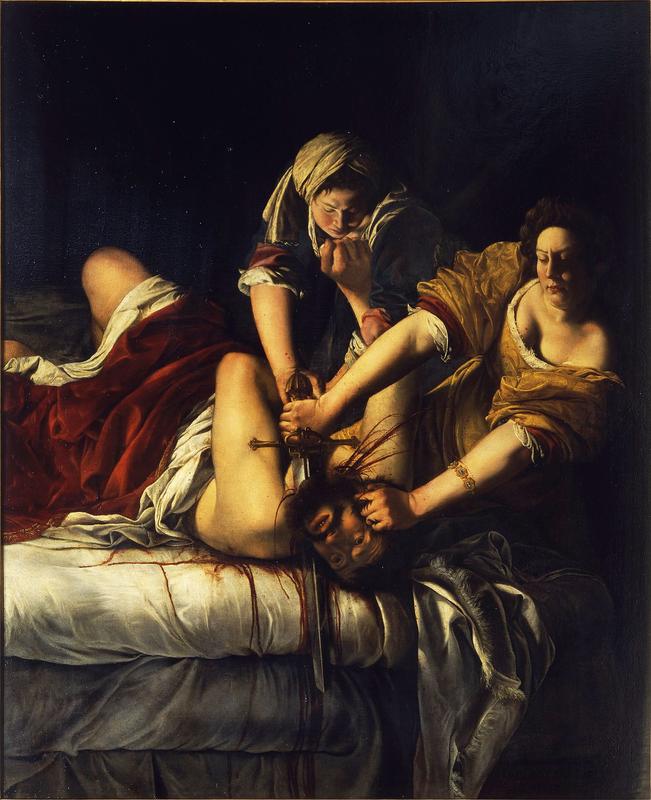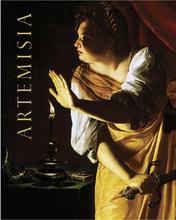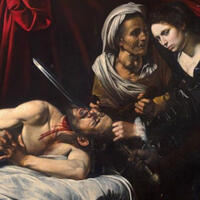More about Judith Beheading Holofernes
- All
- Info
- Shop

Contributor
Although Artemesia Gentilischi’s Judith Beheading Holofernes was criticized for its slasher-movie level of bloody gruesomeness...it’s the least she could have done to unleash some of her rage.
After all, if you can’t even paint the guy who raped you with his head being severed, then what the hell CAN you do? Here’s the tale of justice: the man being decapitated in this painting, Agostino Tassi, was her tutor and a landscape painter...and a rapist. He raped her when she was 18 and was tried in court as a result. But during the trial, Gentilischi was further tortured with thumbscrews, while Tassi got off easy with a mere seven month sentence. Um wait…was it justice that we were talking about? I forget.
Gentilischi had to move away from Rome to avoid fierce gossip about the scandal, and lived in Florence for about seven years. Here, she became a hot favorite amongst the Medici folks, who were basically a family of checkbooks and inexhaustible bank accounts. But they also loved art…and it’s a good thing they had enough money to nurture the hell out of starving artists! Gentilischi finished this painting for Cosimo II de’ Medici, and a lot of biographers see it as telling of her personal fury against Tassi. The famous Old Testament scene involving the pure and virtuous Judith who slays the loathed Holofernes in his sleep is quite a fitting symbol for Gentilischi’s own experience. We certainly wish the trial had ended with his head rolling down the Spanish Steps.
But the painting was so gory that Medici kept it in a neglected corner of the Pitti Palace, and Gentilischi wasn’t even paid until he snuffed it! Her buddy from Florence, Galileo, ultimately helped her get her paycheck. Artemesia painted a couple of versions of this scene (see Judith and Her Maidservant), and it’s no wonder. She took no crap in this painted allegory of herself, and used her work as an outlet for her fury. And now we have some bangin’ paintings that are all about women you don’t want to mess with.
Featured Content
Here is what Wikipedia says about Judith Slaying Holofernes (Artemisia Gentileschi, Florence)
Judith Slaying Holofernes c. 1620, now at the Uffizi Gallery in Florence, is the renowned painting by Baroque artist Artemisia Gentileschi depicting the assassination of Holofernes from the apocryphal Book of Judith. When compared to her earlier interpretation from Naples c. 1612, there are subtle but marked improvements to the composition and detailed elements of the work. These differences display the skill of a cultivated Baroque painter, with the adept use of chiaroscuro and realism to express the violent tension between Judith, Abra, and the dying Holofernes.
Check out the full Wikipedia article about Judith Slaying Holofernes (Artemisia Gentileschi, Florence)




















The artwork of the times and has been plied as the approach for all humans.